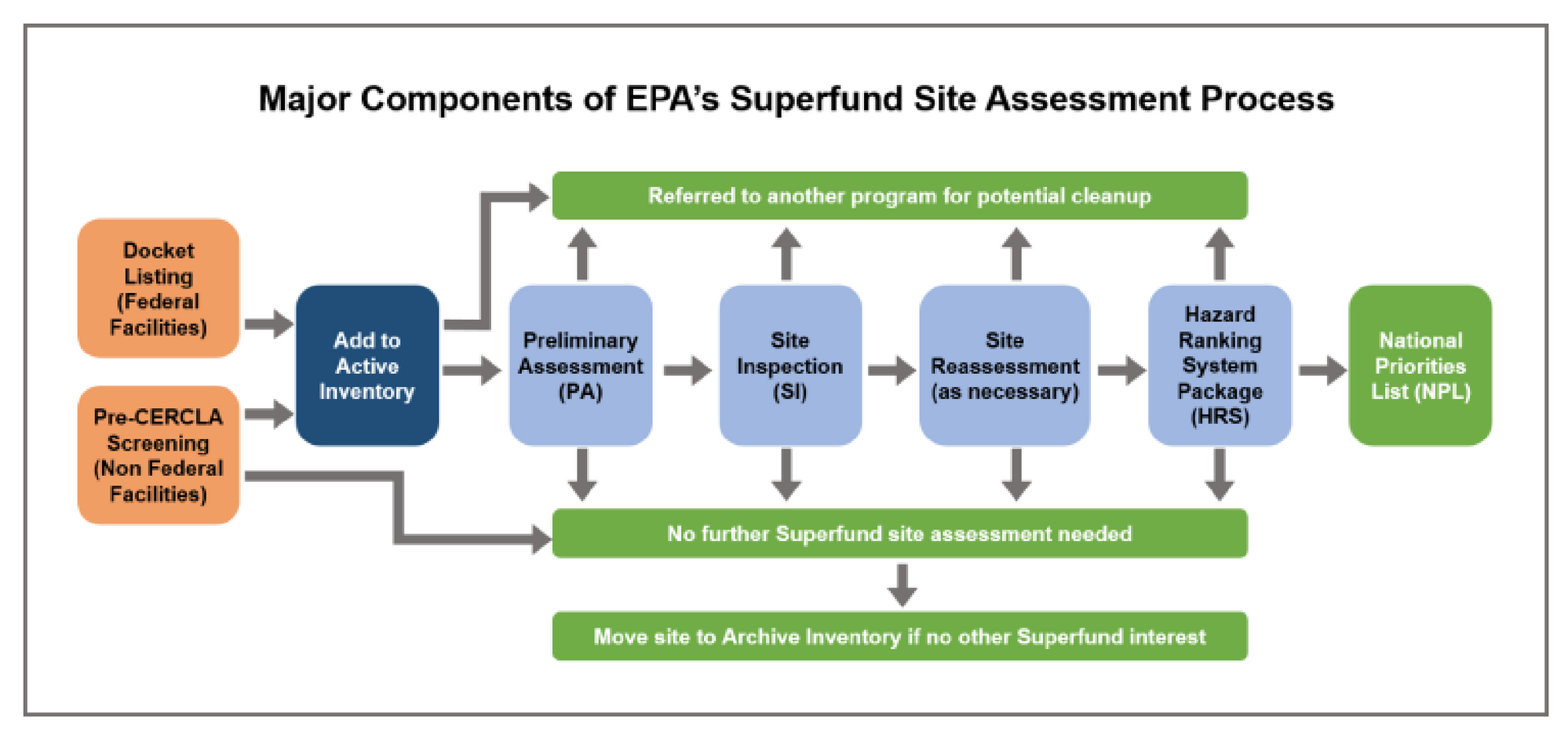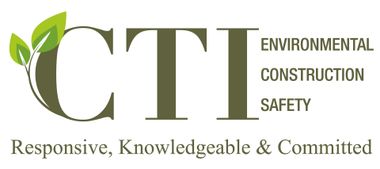Construction Management & Regulatory Compliance Experts Ready to Help.
Certifications | 8a MBE WBE SBE DBE
We Help You Find Answers.
CTI provides a wide range of comprehensive environmental, health and safety services to assist you in gaining an advantage over your competition. Our compliance team consists of experts with extensive regulatory experience with Cal/OSHA, AQMD, Sanitation Districts, CUPAs and various other regulatory agencies. Our goal is to provide you with the most up-to-date information so that you can make an educated and informed decision. We find the answers for you!
Environmental Engineering
Learn MoreConstruction
Learn MoreSafety Compliance
Learn MoreDownload: Statement of Qualifications
By combining knowledge with practical experience, CTI is able to reduce your operation costs, minimize your risks,
maintain high levels of service, and deliver your projects on-time.

A Superfund site is an area designated by the United States Environmental Protection Agency (EPA) that have been classified as being heavily contaminated with hazardous substances. These substances may include chemicals, pollutants, or other toxic materials that could have a significant risk to human health and the environment. How Superfund site was created According to the Environmental Protection Agency (EPA), "In the late 1970s, toxic waste dumps, such as Love Canal and Valley of the Drums, received national attention when the public learned about the human health and environmental risks posed by the contaminated sites. In response, Congress established the Comprehensive Environmental Response, Compensation, and Liability Act (CERCLA) in 1980." This law was created to enforce the responsibility of parties involved in contamination to clean up the sites or compensate the government for EPA's cleanup efforts. In cases where no responsible party is identified for the cleanup or reimbursement, the EPA assumes responsibility for cleaning up the contaminated area. The CERCLA act is commonly referred to as a Superfund Site. CERCLA Act According to the EPA “The Comprehensive Environmental Response, Compensation, and Liability Act (CERCLA), commonly known as Superfund, was enacted by Congress on December 11, 1980. This law created a tax on the chemical and petroleum industries and provided broad Federal authority to respond directly to releases or threatened releases of hazardous substances that may endanger public health or the environment. Over five years, $1.6 billion was collected and the tax went to a trust fund for cleaning up abandoned or uncontrolled hazardous waste sites." The purpose of CERCLA According to the EPA: The Comprehensive Environmental Response, Compensation, and Liability Act of 1980 (CERCLA): · established prohibitions and requirements concerning closed and abandoned hazardous waste sites; · provided for liability of persons responsible for releases of hazardous waste at these sites; and · established a trust fund to provide for cleanup when no responsible party could be identified. How Superfund site are chosen According to the EPA, sites are chosen by “Using Hazard Ranking System (HRS) criteria, EPA, its state and tribal partners, or the appropriate federal department or agency then conduct a preliminary assessment and, if warranted, a site inspection or other more in-depth assessment.” Sites that have a HRS score below 28.50 do not qualify for the National Priorities List (NPL) and are assigned to a No Further Remedial Action Planned (NFRAP) decision. CTI offers safety consulting and the cleanup of sites and contaminated locations. If you have questions or comments, call CTI at 562.608.8401 or email info@ctienviro.com. Citations: References available, upon request please contact us.









